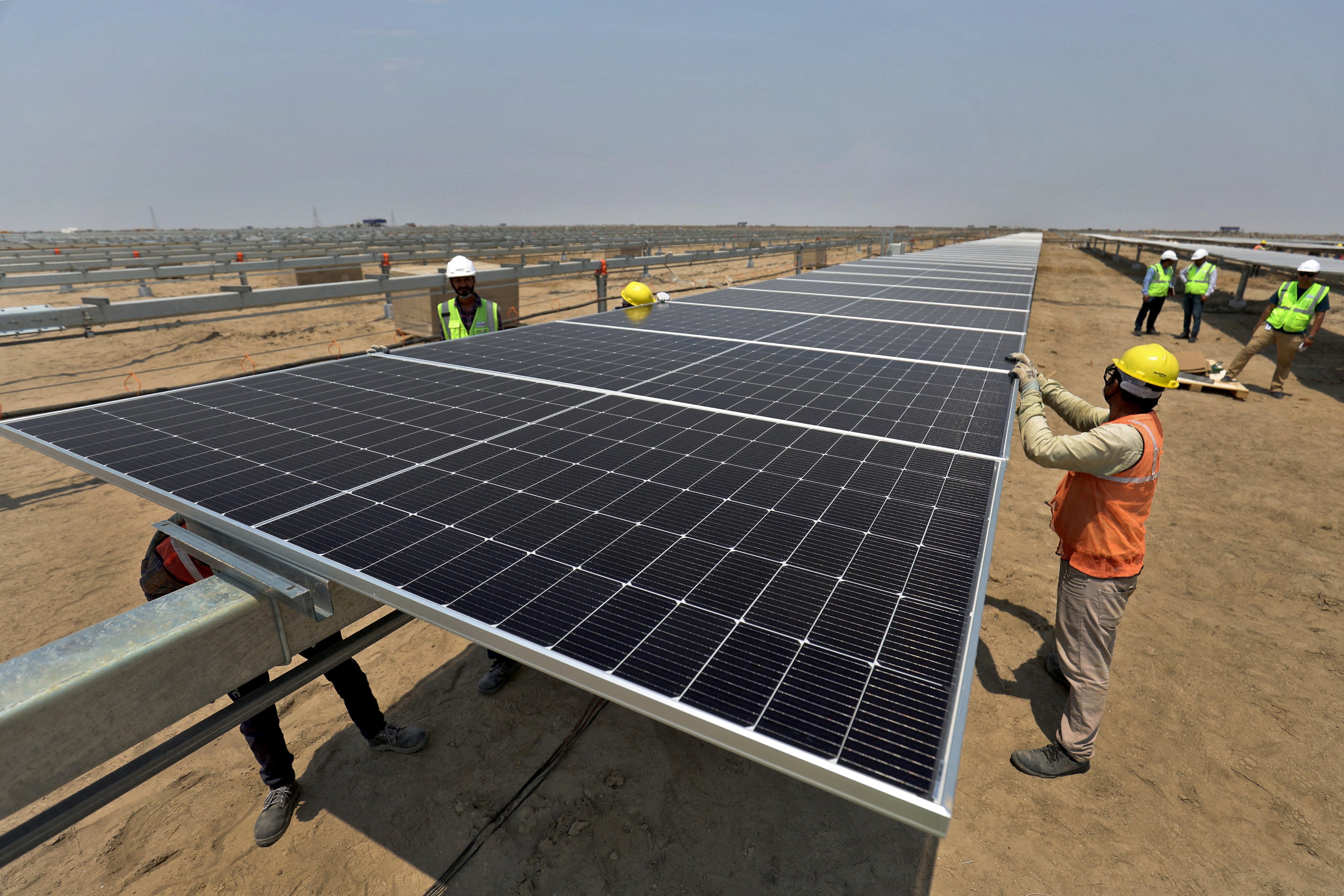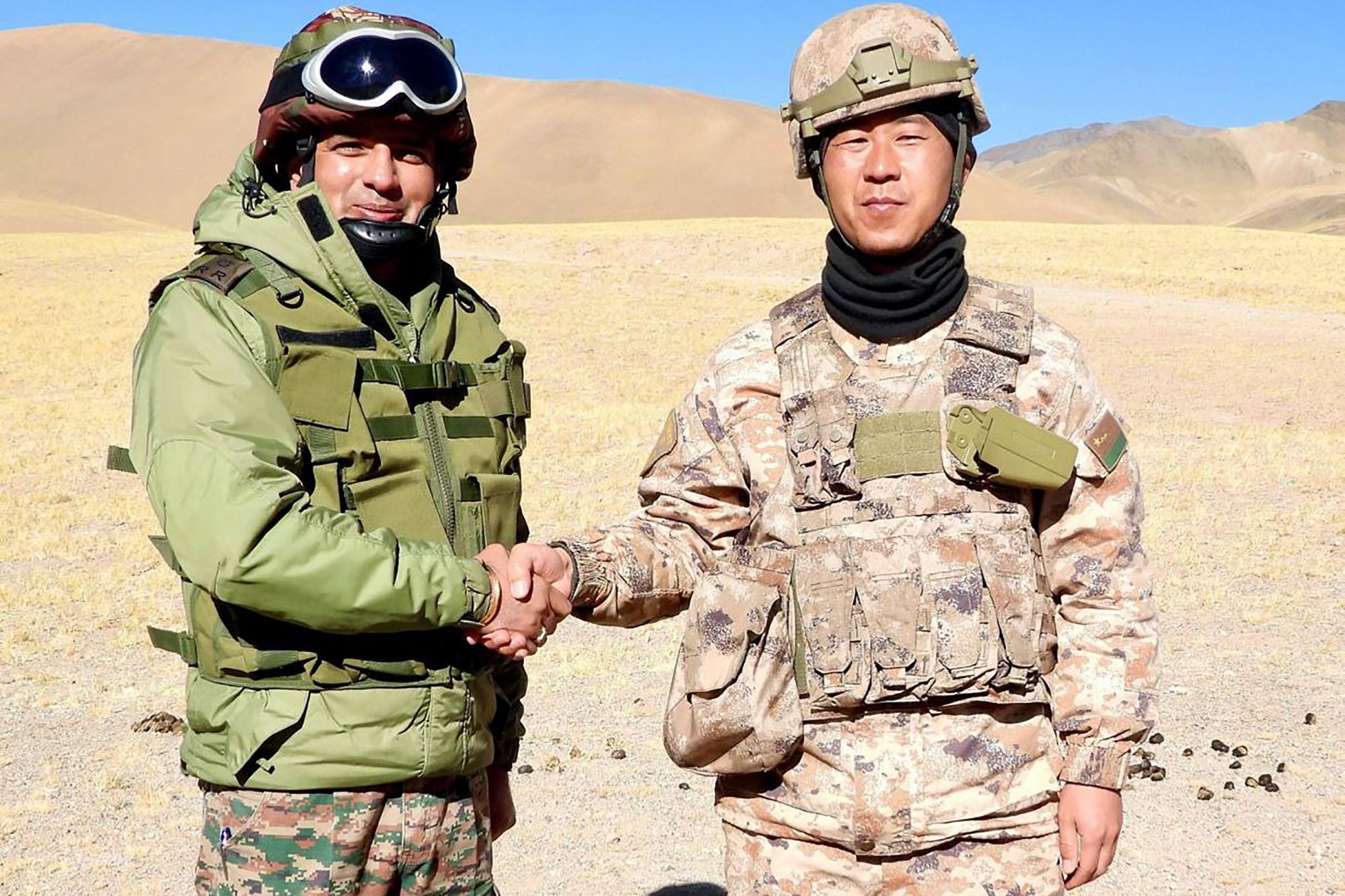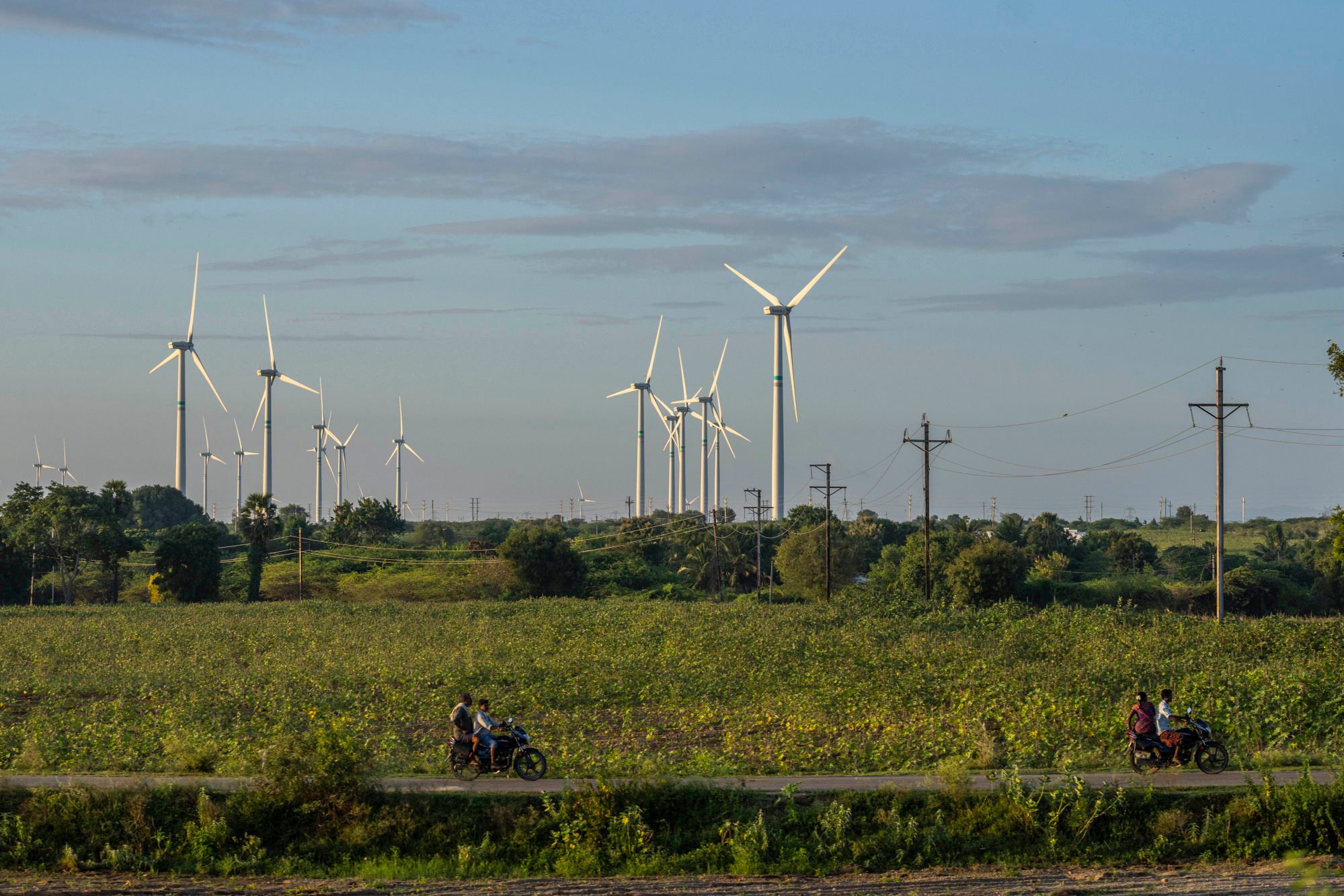Can India navigate US-China trade tensions to boost green economy growth?
Reliance on Chinese inputs and shifting global trade rules could complicate India’s efforts to reach its climate targets, analysts warn

India is treading a fine line between China and the United States as it races to grow its green economy, with analysts warning that its reliance on Chinese inputs and shifting global trade rules could complicate its efforts to become a cleantech hub.
While recent US tariff moves may offer short-term gains for Indian exporters, New Delhi remains heavily reliant on China for critical components – particularly in the clean energy sector, where Beijing leads in both production and innovation, analysts have warned.
“It’s not going to be easy for us to compete with China. For example, while headlines suggest that the US will now import more iPhones from India than from China, in reality, India is only assembling them. The components still come from China,” said Aruna Sharma, a former secretary in India’s Ministry of Steel.
Her comments came during a webinar held on Monday titled “What does the global trade reshuffle mean for India’s 2030 goals”, where analysts examined how shifting global dynamics could affect India’s economic strategy in the years ahead.
India, Japan and South Korea are expected to be among the first few countries that the US could sign a trade agreement with, potentially helping them avert Washington’s steep import tariffs on a range of countries that were announced last month.
The South Asian nation has an opportunity to ramp up its manufacturing industry including green industries, but it will need to introduce policies to support its small and medium-sized industries that form a bulk of its industry to fulfil India’s ambitions over the long term, according to Sharma.
India became the world’s third-largest producer of electricity from wind and solar energy in 2024 overtaking Germany, according to a report by Ember, with most of its energy needs generated from fossil fuels such as coal and natural gas.
The country had been trying to broaden market access for its industries by negotiating free-trade agreements with major powers such as the European Union, but Sharma cautioned Delhi to be careful as such pacts had previously worked to its disadvantage.
Experts said the EU planned to implement a carbon border adjustment mechanism starting next year, which would impose charges on carbon-intensive goods that could pose a challenge for several Indian firms.
“So for India to stay competitive, we will have to produce high-quality, climate-friendly products to meet both the climate and trade requirements of these markets,” Sharma said.
Li Shuo, director of the China Climate Hub at Asia Society Policy Institute, noted that the US-China trade tensions could result in Chinese firms exporting more renewable energy equipment and electric vehicles to other parts of the world, as well as driving investments in factories.
“China will align its huge industrial capacity, know-how and its capital and finance with the industrial aspirations of Global South countries,” he said, adding that the phenomenon could result in widespread dissemination of green technology to developing nations.
It remained to be seen how India would deal with Chinese exports and investments and what kind of conditions Delhi would set for such trade, he added.

Tensions between India and China have eased since they agreed last year to disengage troops from both sides of their border, after hitting one of the lowest points in their relationship following a clash between soldiers in 2020.
The “highly delicate bilateral relationship” between India and China would factor into cooperation in such green industrial sectors, Li said.
“There might also be hesitation or reservations from the Chinese side to transfer some of the technologies or capital. So overall, I’m seeing a highly dynamic picture in Asia, in particular between China and India,” he added.
Aligning goals
India and China’s climate goals have aligned on multilateral forums such as the Paris accord and the UNFCCC, but areas of disagreement including climate finance have also emerged.
India’s position and response will help shape a broader Asian approach to trade and clean technology development, experts have said.
Amitendu Palit, senior research fellow and research lead at the Institute of South Asian Studies at the National University of Singapore, called for a coordinated international effort to help India reach its climate targets.
According to Palit, Indian’s clean energy goals have been thrown into uncertainty as a result of the US tariffs, which are likely to drive up inflation and pose the risk of a global recession.
“For India, investments are key. The government has stepped up capital expenditure, but unfortunately, this hasn’t been matched by a corresponding increase in private investment,” Palit said.

Experts note that the US is expected to pull back from climate change and sustainability investments for some time, which will affect funding to green initiatives, especially in the Indo-Pacific region.
The Indian government, however, has sent the right signals that it is committed to decarbonising its industries, they add.
“On financing, there’s a lot of potential for India to collaborate to jointly finance projects and mitigate risk,” said Mannat Jaspal, a director and fellow at the Observer Research Foundation Middle East.
India could also aim for tech co-development through joint ventures, she said, noting that multilateral forums such as G20 and Brics should also be leveraged for harmonising policies and standards.